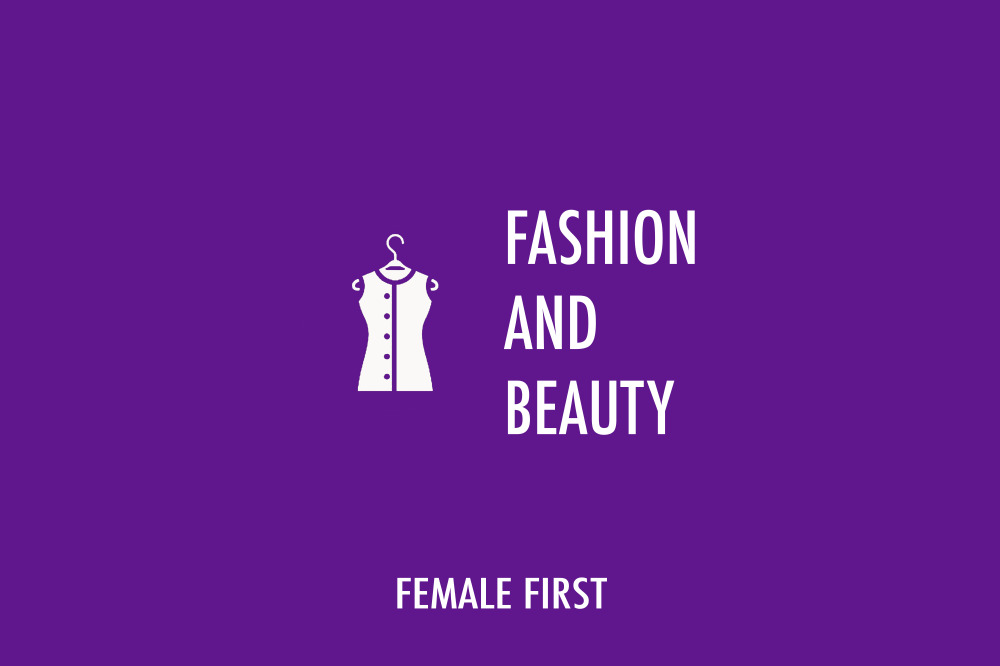Stylist Susie Hasler, who runs Styled By Susie, which specialies in styling women on a budget whose body shapes have changed due to having children, the menopause or gaining and losing weight reveals everything you need to know about fast fashion.

Fashion and Beauty on Female First
What is fast fashion?
It’s supply and demand spinning out of control. Clothing is being made at such a rapid rate (think 100 billion items a year), to be sold cheaply, with much of it ending up in the bin - 300,000 tonnes were dumped in landfill or burned in 2018. Supply is outstripping demand, and the price point is too low. The knock-on effect is it creates a throw-away culture - “it’s so cheap, I can afford to wear it once, then buy a new one”. Ultimately, it’s horrendous for the environment.
The cost of fast fashion
People in the UK spend an astonishing £27billion a year on clothes (that’s a lot of low-cost items per person!). It's an incredible amount of money. But one of the problems is this wealth doesn't get filtered down to the workers in factories abroad often working in harsh conditions to mass produce such a high level of garments. Shoppers can support better practices by buying from brands that pay workers fairly.
Fast fashion has a huge carbon footprint
Figures from 2015 show the global fashion industry produced 1.2 billion tonnes of CO2 emissions. Shockingly, that's more than international flights and maritime shipping combined. The water footprint for clothes is also huge - about eight billion cubic metres in the UK alone in 2016, according to Traid, a charity aiming to reduce wasted clothing.
High street stores could do better
Brands need to start stocking more sustainable clothing that’s better designed. Organic cotton is used as a sustainable choice in H&M and New Look, but it still requires a vast quantity of water and energy to manufacture. They need to concentrate on producing fewer lines, with a better quality to move away from the vast amount of waste and the inevitable 'jumble sale' effect in stores.
Things are changing, but at a price
At London Fashion Week, I saw a huge shift from designers creating wonderful sustainable products - trainers made from discarded trainers, and silk produce made from discarded cocoons. But these all come with a luxury price tag and spending £1,000 on a pair of shoes is out of the question. Hopefully this will filter down to high street brands so the ethos becomes the norm and the culture of shopping adapts.
But you CAN still shop in the high street
For the majority of women I work with, buying high price-point, sustainable clothing just isn’t an option. But it doesn’t have to be all or nothing. Yes, you can still shop in your favourite stores - but it comes down to changing the way you shop. Instead of buying lots of items for each season, choose wisely - be more selective and opt for fewer items that will last years instead.
How to counter fast fashion
Shoppers can do their bit by making better choices. When I shop with my clients, I teach them how to choose quality items that suit their skin tone, that they can wear in multiple ways - not items that are a one-off, or high-fashion styles that date quickly. It’s all about long-term wins when it comes to clothing, not short-term gains.

